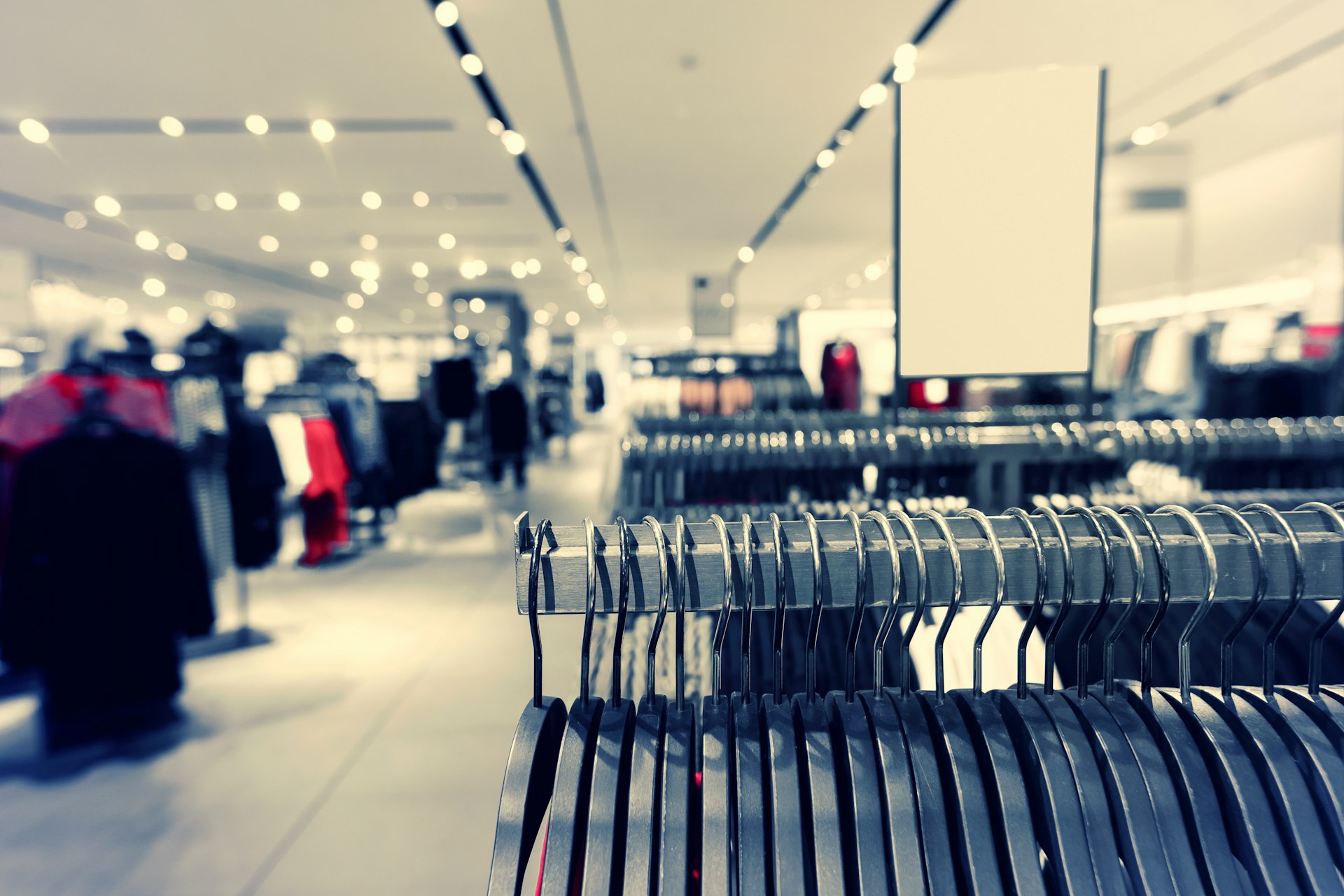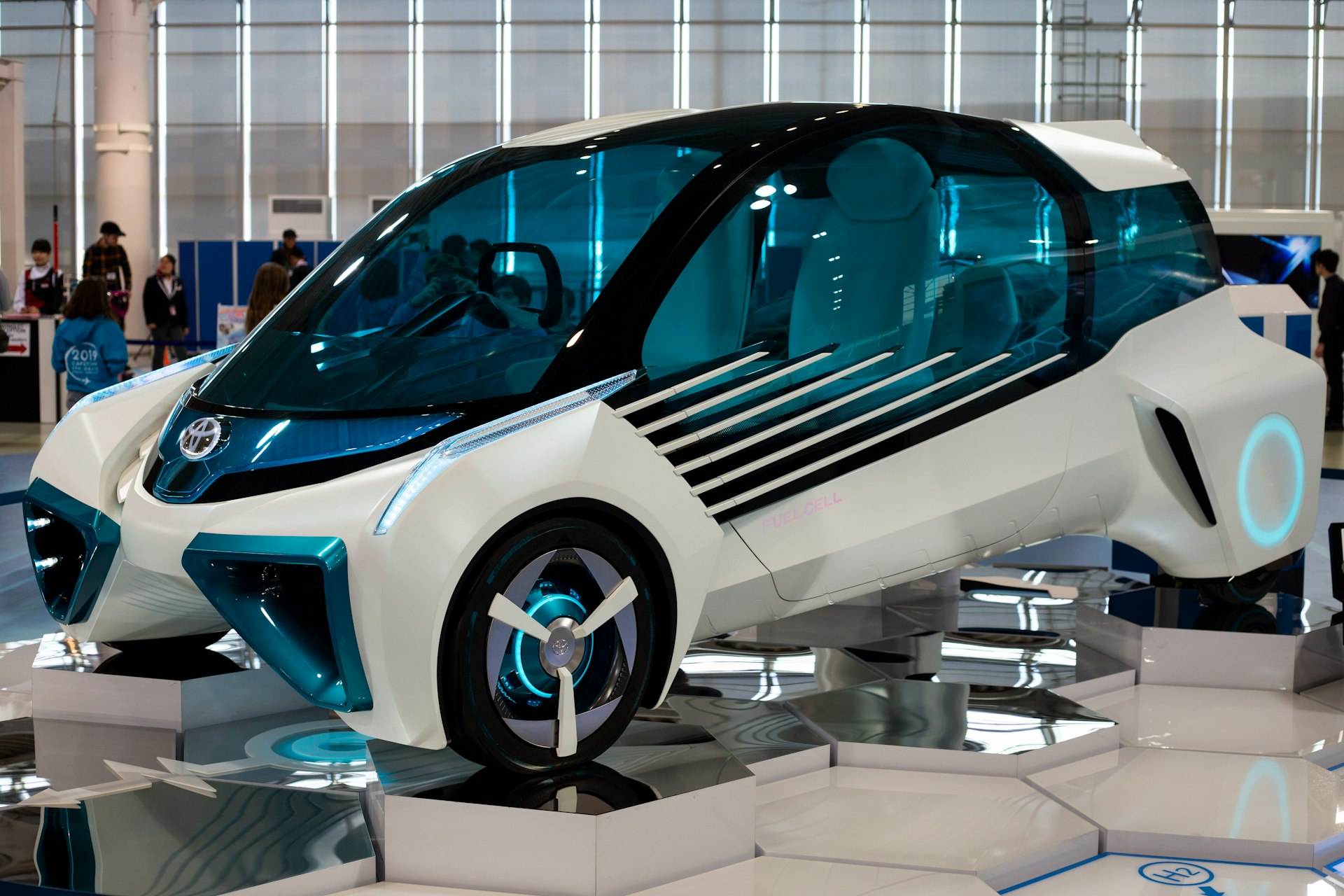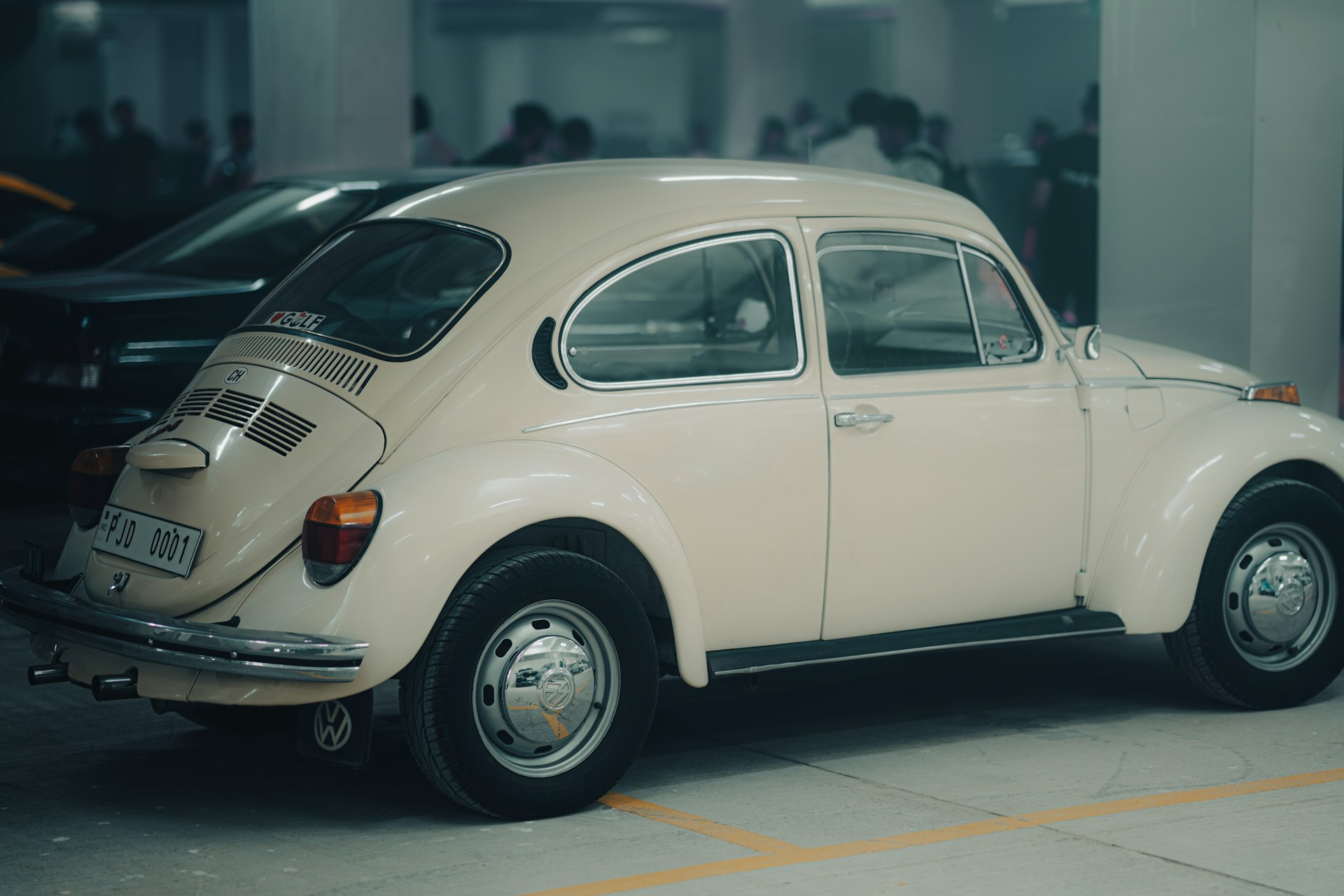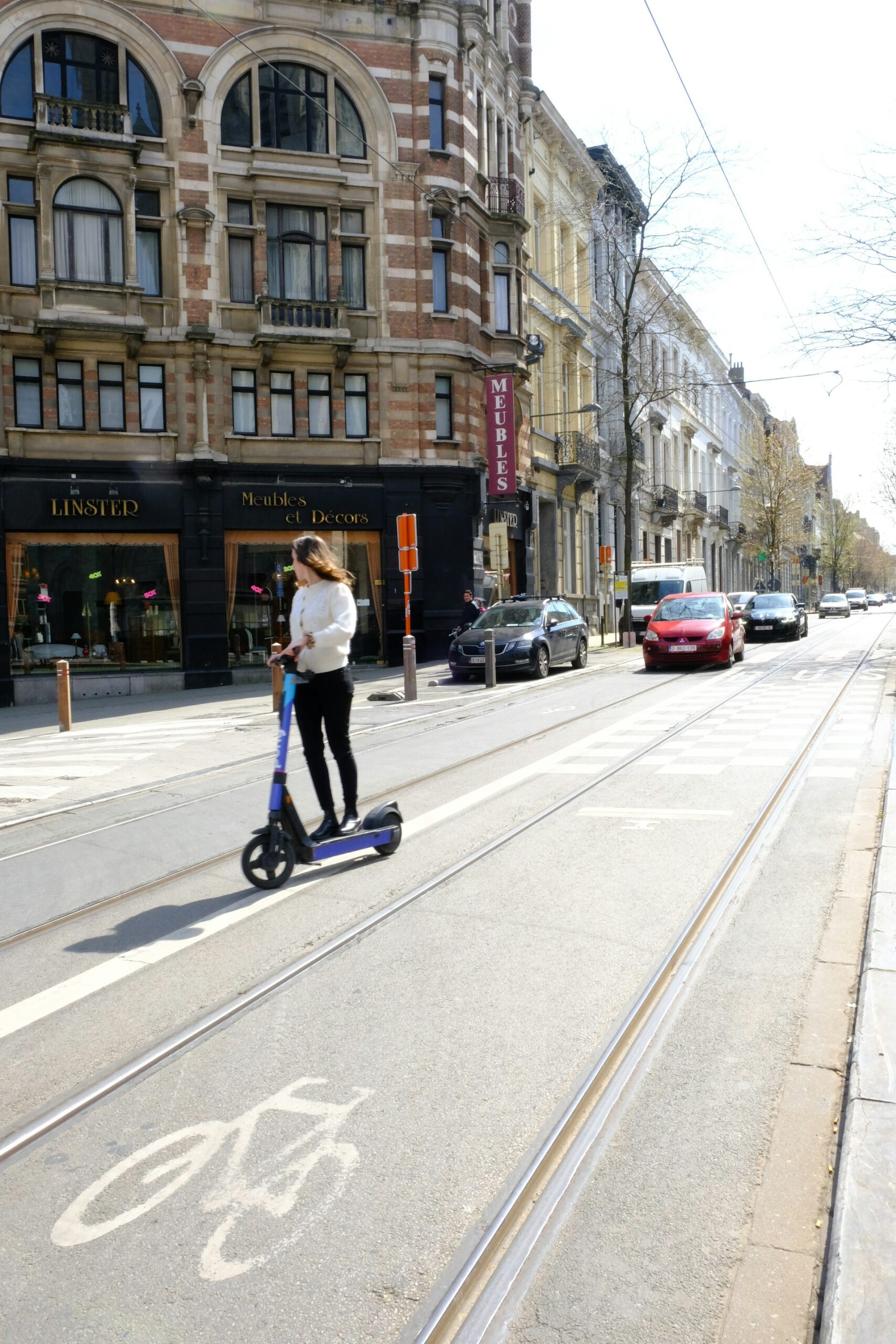How to Make Sustainable Fashion Choices for Everyday Wear

Photo by Fujiphilm on Unsplash
Introduction: The Impact of Everyday Fashion
Every day, the clothes we choose have far-reaching effects-on the environment, on workers worldwide, and on our own sense of comfort and style. As awareness grows about the environmental and ethical challenges of the fashion industry, many consumers are searching for practical ways to make sustainable choices in their daily wardrobes. This article explores concrete steps and proven resources to help you confidently embrace sustainable fashion for everyday wear, from selecting eco-friendly brands to making long-lasting habits part of your routine.
Understanding Sustainable Fashion
Sustainable fashion refers to clothing and accessories designed, manufactured, distributed, and used in ways that are environmentally friendly and socially responsible. This includes using organic or recycled materials, reducing water and energy usage, ensuring fair labor conditions, and creating products built to last. According to The Good Trade, sustainable brands often prioritize transparency in sourcing and production, supporting both people and planet [2] . The ultimate goal: a wardrobe that supports your values without compromise.
Choosing Sustainable Brands: What to Look For
Finding truly sustainable brands can feel overwhelming, but several indicators make the selection process easier:
- Certifications: Look for brands certified by reputable organizations, such as B Corp, Fair Trade, OEKO-TEX, or ECOCERT. These certifications verify responsible practices in sourcing, production, and labor. For example, Bassike is a B Corp-certified company with a focus on organic cotton and local manufacturing [1] .
- Transparent Supply Chains: Companies like Everlane are known for radical transparency, disclosing their pricing structure and factory conditions. This allows consumers to make informed decisions and support ethical practices [3] .
- Sustainable Materials: Seek out brands using organic cotton, hemp, bamboo, TENCELâ„¢ Lyocell, and recycled fibers. Jungmaven, for example, specializes in hemp apparel that is durable and requires minimal resources to produce [2] .
- Ethical Production: Brands like Toad&Co and Boody emphasize ethical manufacturing, fair labor, and minimizing environmental impact [4] .
Building a Sustainable Wardrobe: Step-by-Step Guidance
Transitioning to sustainable fashion doesn’t require an overnight overhaul. Instead, gradual changes can yield lasting results:
- Audit Your Closet: Take stock of what you own. Identify items you wear regularly and those you can donate, recycle, or repurpose. This process helps reduce overconsumption and waste.
- Prioritize Quality Over Quantity: Sustainable fashion emphasizes fewer, better-made pieces. Invest in versatile basics and timeless styles that work across seasons, like those offered by Everlane or Bassike [3] .
- Choose Eco-Friendly Fabrics: When shopping, opt for clothing made from organic cotton, hemp, bamboo, or recycled materials. These fabrics typically have a lower environmental footprint. For instance, Boody offers bamboo basics, while Toad&Co features organic cotton and TENCEL blends [4] .
- Support Responsible Brands: Research and choose brands that demonstrate ethical practices and transparency. Good On You provides ratings for brands based on their sustainability and ethical standards [5] .
- Extend the Life of Your Clothes: Care for your garments properly-wash with cold water, air dry, and repair when possible. This reduces waste and maximizes each item’s lifespan.
Real-World Examples: Everyday Sustainable Brands
Many brands have proven track records in sustainable fashion, offering options for all styles and budgets. Here are a few real-world examples to consider for your day-to-day wardrobe:
- Bassike: Known for luxurious basics, local production, and carbon-neutral certification [1] .
- Jungmaven: Specializes in hemp clothing with minimal environmental impact and natural durability [2] .
- Boody: Offers bamboo-based essentials, certified for ethical and eco-friendly production [2] .
- Everlane: Focuses on transparency, ethical factories, and a minimalist style ideal for everyday wear [3] .
- Toad&Co: Blends comfort, style, and sustainability with organic and recycled fabrics [4] .
For a broader selection, Good On You curates a list of highly-rated sustainable brands across the U.S., with detailed ratings and recommendations [5] .
Challenges and Solutions in Sustainable Fashion
Adopting sustainable fashion can present obstacles, but practical solutions exist for most situations:
- Higher Upfront Cost: Sustainable pieces often cost more due to ethical production and higher-quality materials. Solution: View these purchases as long-term investments, buy secondhand, or shop sales to reduce costs.
- Limited Local Options: Not all regions have brick-and-mortar sustainable stores. Solution: Shop online from verified brands or use reputable platforms like Good On You to identify trusted names [5] .
- Greenwashing Concerns: Some brands may exaggerate their sustainability claims. Solution: Look for third-party certifications and read independent reviews or ratings where available.
- Style or Fit Preferences: Eco-friendly options are expanding, but some may feel limited. Solution: Explore multiple brands and consider tailoring sustainable finds for the perfect fit.
Alternative Approaches for a Greener Wardrobe
Beyond buying new, several other approaches help reduce your fashion footprint:

Photo by Cardia Gong on Unsplash
- Thrift and Vintage Shopping: Purchasing secondhand reduces demand for new production and keeps clothing out of landfills.
- Clothing Swaps: Organize or attend local swaps to refresh your wardrobe with minimal environmental impact.
- Upcycling: Repurpose older garments into new pieces or accessories with DIY projects.
- Renting Clothing: For special occasions or trend-driven pieces, clothing rental services offer a sustainable alternative to buying new.
Getting Started: Step-by-Step Action Plan
Ready to make sustainable fashion choices part of your daily routine? Here’s a step-by-step action plan:
- Evaluate your current wardrobe and set sustainability goals (such as “buy only secondhand this season” or “research three new eco-friendly brands”).
- Research and select your preferred sustainable brands using independent ratings or verified lists.
- Plan your purchases, focusing on essentials and versatile pieces.
- Care for your clothes to extend their lifespan.
- Share your experience and encourage others to join the movement for a more sustainable fashion future.
Conclusion: The Lasting Benefits of Everyday Sustainable Fashion
Making sustainable fashion choices for everyday wear is both accessible and rewarding. By supporting ethical brands, choosing eco-friendly materials, and adopting mindful habits, you can look good, feel good, and make a positive impact. Whether you start with one new brand or embrace secondhand shopping, every step counts toward a more sustainable world.
References
- [1] Harper’s Bazaar (2025). Best sustainable fashion brands: A guide to ethical everyday options.
- [2] The Good Trade (2025). 99 sustainable clothing brands by budget.
- [3] Real Thread (2025). 10 sustainable clothing brands with a mission.
- [4] Toad&Co (2025). Sustainable women’s clothing collection.
- [5] Good On You (2025). The 59 most sustainable clothing brands from the USA.
MORE FROM ismath.net













